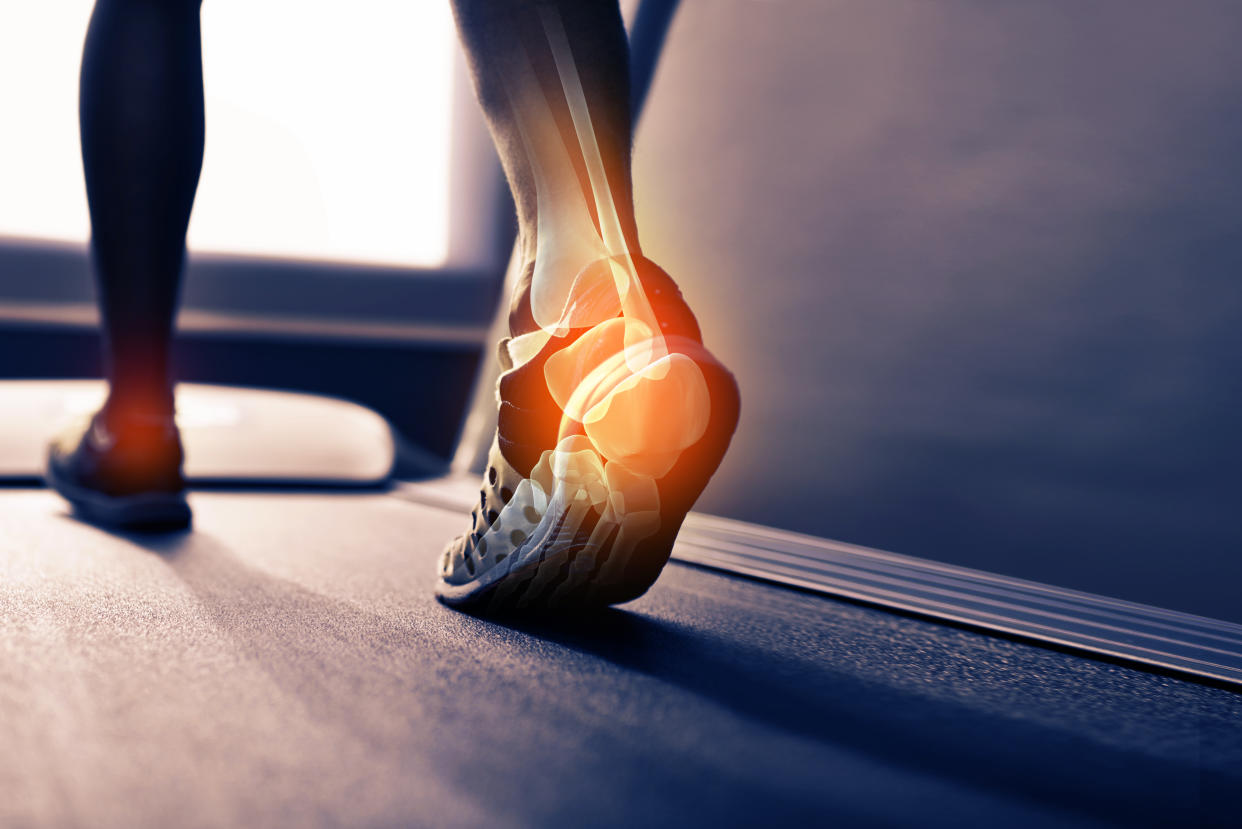Common sports injuries and how to treat them

Playing sports, whether at a recreational or competitive level often carries the risk of injury. If left untreated, some injuries can lead to chronic pain or irreversible joint wear.
Dr Lim Lian Arn and Dr Lim Yi-Jia, orthopaedic surgeons at Gleneagles Hospital, talk about how some sports injuries are sustained and what are some ways to treat and prevent them.
How do sports injuries usually come about?
Sports injuries tend to occur from accidents, overuse or poor preparation. Accidents include collisions, falls and twisting a joint beyond its tolerance. These are the least preventable injuries as the athlete doesn’t have complete control in those situations.
Overuse activities occur when a high activity level is arrived at too early or sustained for too long. Poor preparation is the cause of injuries in the ‘weekend warrior’ who feels like a teenager going into a game when in fact he’s a middle-aged person returning to a sport he hasn’t been doing for a long time.
On average, how long should people wait after sustaining an injury before they can pick up sports again?
Generally, two weeks for minor bruises or sprains and six weeks for more serious injuries. The other important factor in returning to sports after injury is a gradual return rather than returning immediately at the pre-injury level.
What are some common sports injuries and are there ways to prevent them?
Knee injuries
Common injuries around the knee are overuse injuries or tear injuries. Overuse injuries include the “runner’s knee” and iliotibial band syndrome – these cause progressive pain with impact activities at the front and the outer side of the knee respectively.
These are usually managed with rest, anti-inflammatory medication and physiotherapy involving stretching and strengthening of appropriate soft tissues. Tear injuries affect ligaments or the meniscus – one of two discrete pieces of cartilage inside the knee. Tear injuries are often more dramatic and cause acute pain with inability to continue the sport or even to walk normally. Tear injuries tend to require surgical repair or reconstruction.
Ankle injuries
Ankle sprains are seen amongst people who engage in racquet or contact sports. Ankle sprains are really ankle ligament tears, and the most common cause of recurrent ankle sprains is inadequate rehabilitation or rest before resuming normal activities. Sometimes this may involve immobilising the ankle in braces and using crutches for a period.
Shoulder injuries
Shoulder tendon injuries are common in people engaging in sports with overhead arm actions, these injuries may range from inflammation causing discomfort to significant tears causing pain and dysfunction. Shoulder ligament tears tend to happen in contact sports and can lead to dislocations or sensations of instability and pain. Pain from inflammation is usually managed with rest and medication whereas tear injuries may end up with surgical repairs.
Sports injury prevention centres on adequate preparation, moderated engagement and knowing when to see a doctor.
Adequate preparation involves making sure one has a minimal level of general fitness and sport specific fitness before fully engaging in a sport. It also means a measured and progressive increase in sport intensity and volume starting from a cautious level. Moderated engagement means not overdoing a sport to the point of getting overuse injuries and also not doing it so infrequently that you’re almost starting anew every time you engage.
What are the signs to distinguish between an acute and chronic injury?
The difference is mainly in the time of onset of the symptoms and the duration of the symptoms. Acute injuries are normally referred to as injuries of less than one to two weeks. Chronic injuries are those that have persisted beyond four to six weeks.
Are there differences in how to manage acute and chronic injuries?
The ideal way to manage any injury is accurate diagnosis followed by correct treatment. In acute injuries, we want to ensure that fractures and major tendon or ligament injuries are not missed.
We try to assist with the pain and swelling using measures that are popularly known as RICE therapy (rest, immobilisation, compression and elevation), as well as medication.
Subsequent treatment various from condition to condition. Whether injuries are acute or chronic, depending on the type and nature of injuries, sometimes injections, surgery and physiotherapy are needed to assist in recovery.
In some cases, patients just need a longer time to recover, even if surgery is not required. Supportive treatment with medication and physiotherapy for rehabilitation are often useful.
When should you see a doctor?
Apart from adequate preparation and moderated engagement, an important tip is to know when to see a doctor for a sports injury. See a doctor immediately when the following are present: visible deformity, inability to fully move a joint after resting, inability to put weight on a lower limb, extreme pain. If the symptom isn’t as dramatic but pain or dysfunction persists despite resting a few days or a week, see a doctor.
To put things in perspective, the long term effects of inadequately-managed sports injuries may be irreversible joint wear and tear leading to osteoarthritis.
SEE ALSO
5 must-eat foods before race day
5 tips for recovering from that post-race burn

